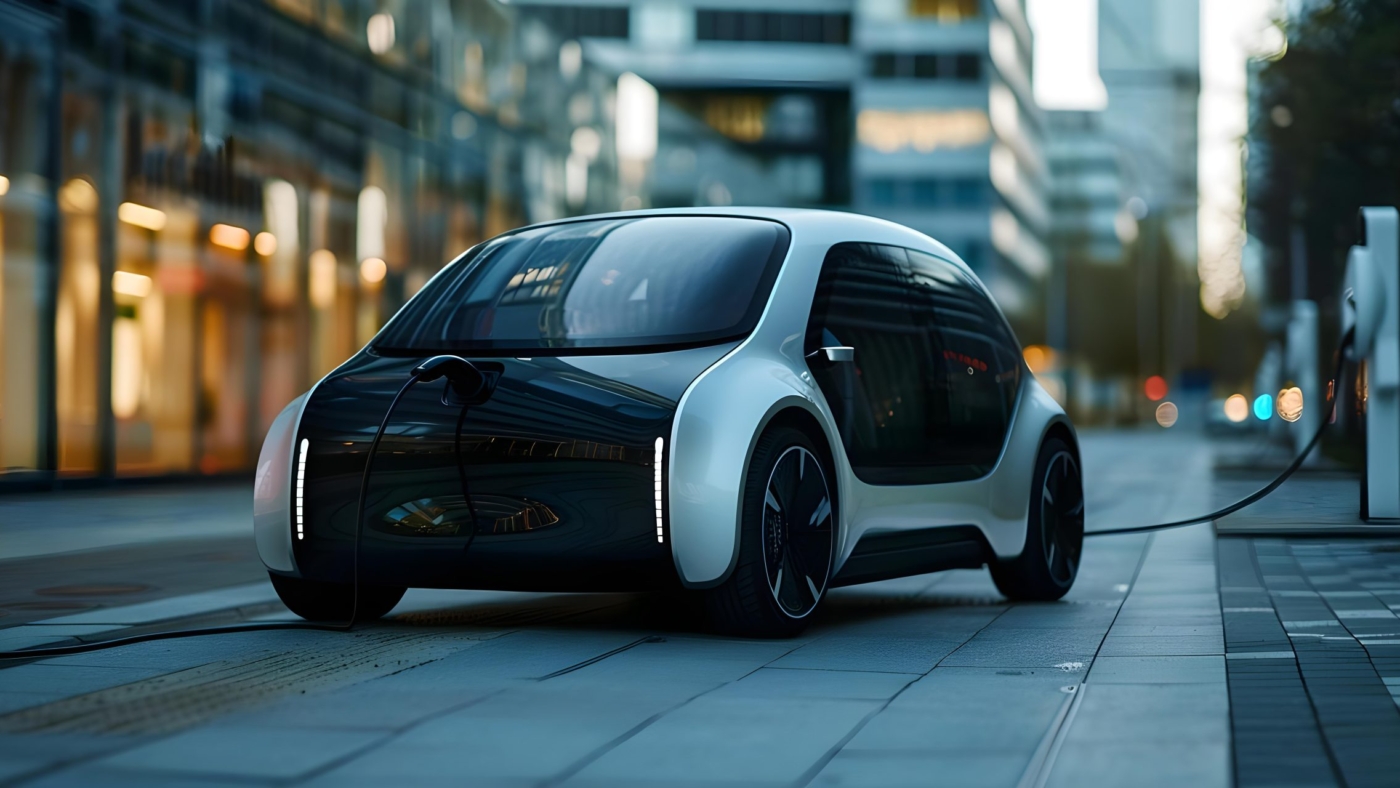The electric vehicle revolution is no longer confined to premium crossovers or luxury sedans. Increasingly, automakers are turning their attention to the compact segment, where affordability and practicality intersect. Chinese automaker Leapmotor is stepping into that space with its newly unveiled B05 small EV, a model that promises razor-sharp pricing and a surprisingly generous list of standard features. Although its immediate rollout is aimed at Australia, the B05 is the type of vehicle that could make a serious impact in the United States, where many drivers are waiting for EVs that combine everyday usability with wallet-friendly affordability.
The B05 follows the brand’s larger B10 SUV, positioning itself as the smaller, city-friendly sibling while still carrying forward Leapmotor’s approach of delivering strong value for money. For U.S. buyers, the B05 would align with growing demand for compact crossovers and hatchbacks that can fit urban lifestyles without sacrificing comfort or technology. This segment is crucial: while EV adoption in America has accelerated, many entry-level models remain either too expensive or lacking in features that consumers expect. Leapmotor’s strategy of delivering a compact EV that doesn’t cut corners could address this gap directly.
Pricing is likely to be the B05’s most powerful weapon. Leapmotor has built a reputation in China for undercutting rivals without compromising too much on design or equipment. In a U.S. market where even compact EVs from major players can quickly climb above $30,000 before incentives, a well-equipped, attractively styled small EV priced significantly lower could resonate strongly with younger buyers, first-time EV adopters, and families looking for a second car. Affordability, after all, is one of the last barriers holding back mainstream EV adoption.
But sharp pricing alone wouldn’t be enough to turn heads. That’s why the B05 is also expected to pack in features that American buyers typically associate with higher-end models. Early indications suggest a digital-first cabin with a large central infotainment screen, smart connectivity, and safety systems such as adaptive cruise control, lane-keeping assistance, and collision mitigation. If Leapmotor brings these features as standard, the B05 could punch above its weight in a segment where value-conscious shoppers often have to settle for stripped-down options.
Range and performance will also be under the microscope. U.S. drivers, especially those outside major metropolitan areas, are keenly focused on how far an EV can travel on a single charge. While the B05 may not compete directly with long-range vehicles like Tesla’s Model Y or Hyundai’s Ioniq 5, its compact size and expected efficiency could yield a respectable range—likely between 200 and 250 miles—that is perfectly suited for daily commutes, errands, and short weekend trips. Fast-charging capability will be another major factor, as Americans increasingly expect charging to fit seamlessly into their routines. If Leapmotor can offer sub-30-minute charging to 80%, the B05 could overcome one of the biggest anxieties still lingering around EV adoption.
Design-wise, the B05 is expected to carry a modern, minimalist aesthetic with clean lines and urban-friendly dimensions. For the U.S. audience, this could be appealing in dense cities where maneuverability and parking ease are prized. At the same time, the interior is likely to maximize space through clever packaging, offering a roomy cabin despite the compact footprint. Cargo flexibility and rear-seat usability will also be important, especially for small families or those who need a practical city runabout.
The broader implications of the B05 are significant. If Leapmotor succeeds in markets like Australia, it demonstrates that there is a clear path for Chinese automakers to expand into Western markets by focusing on affordability without stripping away modern technology. For the United States, this could mean heightened competition in the entry-level EV segment, where American automakers have been slower to deliver compelling options. The Chevrolet Bolt has held its ground, but with its production ending soon, the gap is widening for a new player to seize. Vehicles like the B05 could be positioned as direct replacements for the Bolt’s role in democratizing EV access.
Of course, challenges remain. Building brand trust in the United States will not be easy for a relatively unknown Chinese automaker. After-sales service, warranty coverage, and charging network partnerships would all need to be addressed before the B05 could find success here. Yet, if Leapmotor is able to leverage partnerships with established distributors or align with infrastructure providers, it could overcome those hurdles more quickly than expected.
Final Thoughts
The Leapmotor B05 may be small in size, but it represents a big shift in the EV landscape. With razor-sharp pricing, a strong feature set, and the potential to deliver real-world usability, it embodies exactly what many American consumers are waiting for: an electric car that is practical, attainable, and modern. While the B05’s first stop may be Australia, its design and strategy are tailor-made for a global audience. If it eventually makes its way to the United States, it could become a catalyst for broader EV adoption, proving that going electric doesn’t have to mean going expensive.

